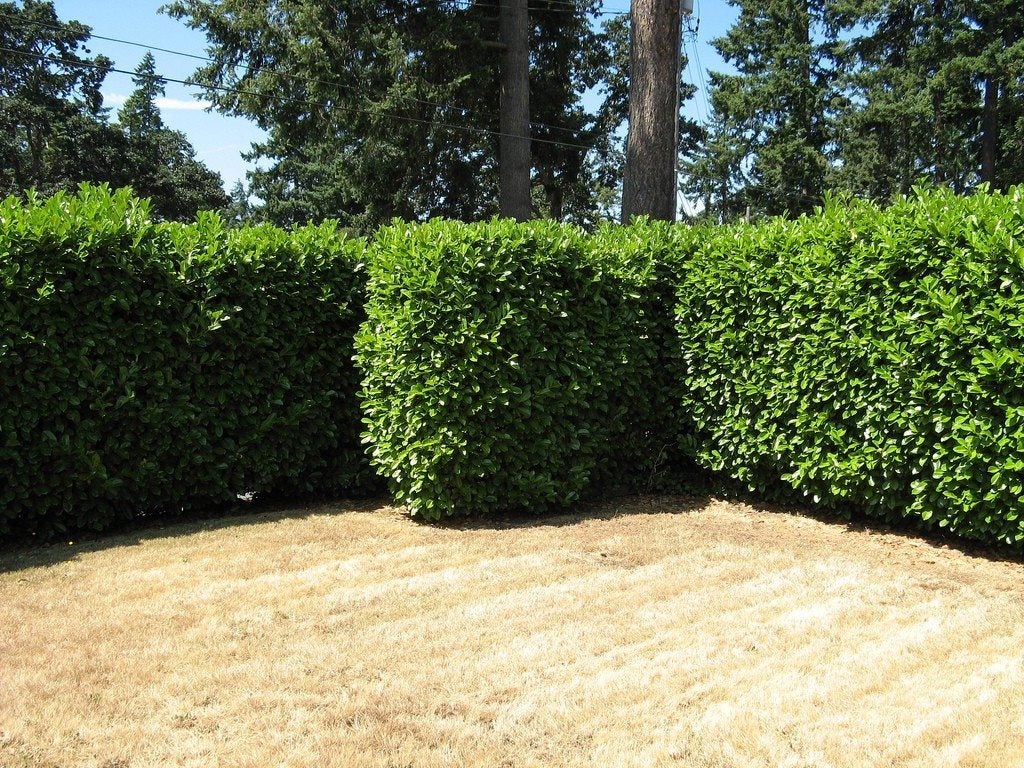Creative Screening With Plants: Good Borders Make Good Neighbors


Did you know that a variety of plants can all be used (alone or in combination) to create attractive screening solutions for nearly any problem? When creating these living screens, you should first determine its overall purpose, size, and location. Let's learn more about creative screening with plants.
Screening Considerations
Ask yourself questions to solve your particular screening problem.
- Do you want to screen an unsightly view?
- Are you looking for a little privacy?
- Do you need year-round interest, or are you simply creating a boundary between particular areas of the garden?
- Is it a large area or a small one?
- Is the area in question shady, or is shade what you need?
Make a sketch of the area, jotting down important notes regarding growing requirements and preferences. Keep in mind that some screens may serve dual purposes, such as providing shade, privacy, and interest.
Using Plants for Screening
Creating a layered screen is an effective way to fulfill nearly any purpose, especially if space allows. This can be easily achieved by using a variety of plantings that gradually step down in size. For instance, place small trees in the back, shrubs in the middle, and a variety of flowering plants, grasses, and low-growing groundcovers along the front. Stagger plantings in groups rather than placing them in rows for greater interest. Remember to keep the plantings close in order to create an effective screen. Dense plantings also make effective windbreaks. Research the growing habits and characteristics of trees and shrubs to determine which ones are most appropriate for both your area and purpose. If you use deciduous trees and shrubs, select plants that will provide not only screening but visual interest as well, especially if you're looking for year-round interest. Evergreen plants will provide continuous screening and interest throughout each season. For the greatest effect, choose both deciduous and evergreen plantings. Smaller areas can also be screened using a variety of shrubs, especially evergreens. Hedges make effective screens as well as barriers. However, hedges generally require more maintenance, such as continual pruning, in order to retain their shape. Common shrubs for use as hedges include:
Smaller areas can also include various flowering plantings, depending on the purpose. Placing a trellis with attractive flowering vines is another option to consider as well as a variety of container plantings. Containers are an effective way to create privacy in patio areas as well. These can consist of rows or layers. Many small trees and shrubs are well suited for potted environments. Alternatively, you could also choose a variety of tall-growing grasses, bamboos, and vines. Plants offer low-cost alternatives for screening as opposed to other structures, such as fences and walls. Whether it's a large planting of mixed plants, polished row of hedges, or some tall potted plants, don't be afraid to play around with ideas. As long as the screen achieves the desired effect and looks attractive, anything goes. With careful planning, a little imagination, and a variety of plants, you can easily create attractive screening to suit nearly any purpose, or even multiple ones.
Gardening tips, videos, info and more delivered right to your inbox!
Sign up for the Gardening Know How newsletter today and receive a free copy of our e-book "How to Grow Delicious Tomatoes".

Nikki Tilley has been gardening for nearly three decades. The former Senior Editor and Archivist of Gardening Know How, Nikki has also authored six gardening books.
-
 Types Of Tomatoes Explained: Explore The Many Wonderful Shapes, Colors, Flavors, & Best Uses
Types Of Tomatoes Explained: Explore The Many Wonderful Shapes, Colors, Flavors, & Best UsesThe world of tomato varieties is vast and fascinating. Learn about the key types to grow in your garden, tailored to your preferences and space.
By Amy Grant
-
 Try The Trend – Turn Any Bed Into A Keyhole Garden With This Clever In-Ground Composter
Try The Trend – Turn Any Bed Into A Keyhole Garden With This Clever In-Ground ComposterKeyhole gardening is an efficient and sustainable practice that saves space. Get started on this DIY project quickly and easily with an in-ground composter.
By Bonnie L. Grant